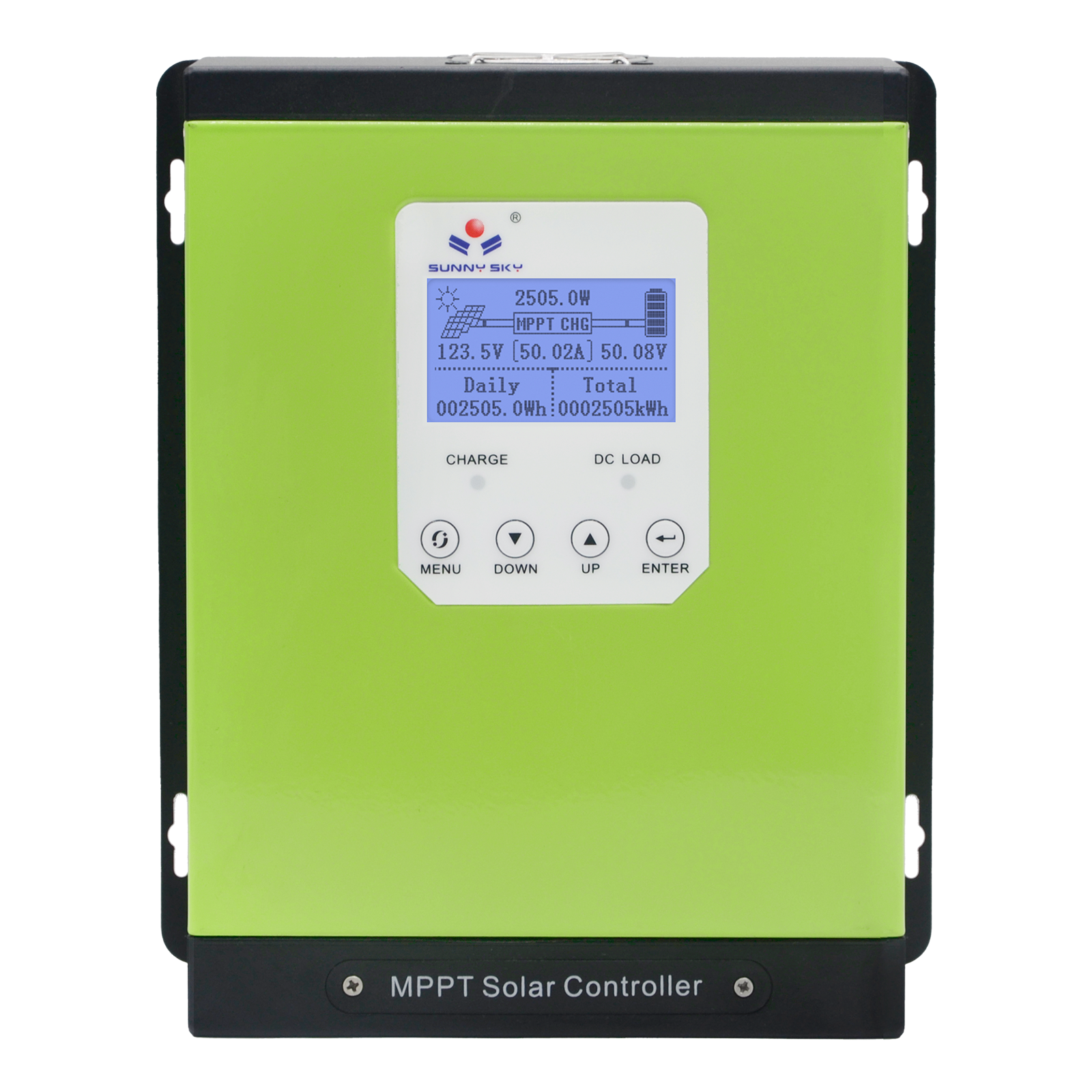Maximizing Your Solar Investment: A Guide to Choosing the Right MPPT Solar Charge Controller
Choosing the right components is crucial for building an efficient and long-lasting solar power system. At the heart of this system is the charge controller, and a high-quality MPPT solar charge controller can make a significant difference in your energy harvest. Unlike older PWM controllers, a Maximum Power Point Tracking (MPPT) controller intelligently scans the output of your solar panels to extract the maximum possible power, boosting your charging efficiency by up to 30%. This guide will walk you through the essential steps to select the best MPPT solar controller for your needs, ensuring you get the most out of every sunbeam.

Understanding Core Specifications: Voltage, Amperage, and Power
Before you start shopping, you need to understand your system's requirements. The first step is to match the controller's voltage and amperage to your solar array and battery bank. Controllers come in various ratings, such as 12V, 24V, 36V, and 48V, and must be compatible with your battery setup. The amperage rating, like 60A, 80A, or 100A, determines the maximum current the controller can handle from your panels. For example, a robust 48V 100A model is perfect for large residential or commercial systems, while a versatile series like the TYC offers models from 40A to 120A to suit a wide range of applications. Always check the controller's maximum solar input power (W) and input voltage range to ensure it can handle the full output of your MPPT controller for solar panels without being overloaded.
Essential Features for a Reliable and High Efficiency Solar Charge Controller
A reliable solar charge controller does more than just regulate power; it protects and optimizes your entire system. Look for models with built-in safety features, including overcharging protection, short circuit defense, and automatic temperature compensation. These protections shield your batteries from damage and extend their lifespan. Furthermore, a user-friendly interface with an LCD screen is invaluable for real-time monitoring of system performance, allowing you to see input voltage, battery status, and daily energy output at a glance. For those seeking advanced management, many modern controllers offer communication capabilities via RS485, 4G, WiFi, or GPRS, enabling you to monitor and manage your system remotely through a laptop or smartphone app. This level of control is key to maintaining a high efficiency solar charge controller.
Finding the Right Source: Suppliers and Pricing
Once you know what specifications you need, the next step is finding a reputable source. There are many solar charge controller manufacturers and suppliers in the market, so it’s important to do your research. Look for a solar charge controller supplier that offers detailed product specifications, clear warranty information, and good customer support. Reputable MPPT solar controller manufacturers often provide a range of products, like the TYC series, which demonstrates their expertise and ability to cater to different system sizes. If you are an installer or building multiple systems, inquiring about MPPT solar charge controller wholesale options can lead to better solar charge controller pricing. Ultimately, the best MPPT solar controller is one that combines performance, reliability, and value, backed by a trustworthy manufacturer.
Conclusion: Powering Your Future with the Right Technology
Investing in the right MPPT solar charge controller is a critical step toward achieving energy independence and sustainability. By carefully evaluating your system’s voltage and power requirements, seeking out essential safety and monitoring features, and choosing a reputable supplier, you can build a highly efficient and durable solar power system. A well-chosen controller not only maximizes your energy production but also safeguards your battery investment, ensuring you enjoy clean, reliable power for years to come. Take the time to select the perfect controller, and you'll be well on your way to harnessing the full potential of solar energy.


